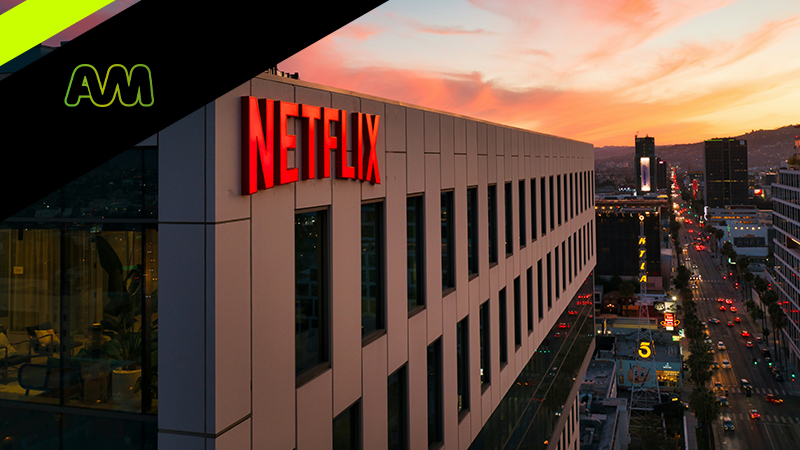As consumers become more tech-savvy, it’s important for marketers to keep pace and exceed their expectations. This is where incorporating Augmented Reality (AR) and Virtual Reality (VR) into marketing strategies comes in. In the competitive world of marketing, staying ahead requires continuous improvement and embracing new technologies. AR/ VR present a unique opportunity for marketers to gain an adversarial advantage and deliver persuasive messages to target audiences.”
Lead the pack with our extensive AR/VR marketing report, showcasing analysis, future outlook, and limitless possibilities in multiple industries.
Virtual & Augmented Marketing: Reality Unveiled
Virtual reality transports you to a digital environment that completely surrounds you with 360° and 3D experiences. You can navigate and interact with objects in this world. On the other hand, augmented reality overlays digital elements onto the real world and can be experienced through phone apps without the need for a headset.
As well, the growth of virtual and augmented reality is predicted to reach a staggering $29.5 billion this year. These technologies create immersive and interactive user experiences, allowing customers to experience your products or services in a new way. Effective use of VR and AR can improve buyer awareness, personalization, and speed up the purchasing process. For example, companies like TOMS Shoes, TopShop, and Oreo have already incorporated VR into their marketing strategies and have seen positive results.
The growth in the AR market is expected to reach an impressive $198 billion by 2025, up from its valued amount of $10.5 billion in 2022 and a mere $3.5 billion in 2017.
Additionally, companies like Ikea have integrated augmented reality into their app, Ikea Place, allowing users to preview digital furniture in their own home. AMC Theaters also uses AR in their app, providing customers with the ability to access information, watch trailers, and purchase tickets through scanning movie posters.
Moreover, small businesses may struggle to afford 3D modeling and app development for AR/VR marketing. To keep costs low, consider custom solutions or utilizing existing AR apps. For instance, add AR functionality to business cards, or offer products through an AR app.
With 1.7 billion AR devices expected by 2024, now is the time to take advantage of the growing B2C AR advertising industry, estimated to reach $6.72 billion in 2027.
We envision AR transforming our experiences and shaping the future!
From VR to AR: A Comprehensive Overview
Revenue generated by consumer and enterprise augmented reality glasses in 2021 was $1.85 billion, which is expected to reach $35.06 billion by 2026. This growth is attributed to the increasing popularity and accessibility of augmented reality in digital marketing. Compared to virtual reality, augmented reality has several advantages that make it the preferred XR for digital marketing. These include the ability to be accessed anywhere with a smartphone or tablet, interaction with the real world, the ability to transform any printed marketing into digital marketing, and being accessible to both the general public and small businesses.
Engagement rates in augmented reality are consistently in the 30-40% range and have been shown to result in higher click-through rates, time-on-page, and increased sales.
Ads Reimagined: The VR/ AR Revolution
The integration of augmented reality (AR) into digital marketing brings a new level of immersion and interactivity to advertising campaigns. While AR shares some similarities with virtual reality (VR) in terms of tracking head movement and user focus, AR offers a unique marketing style by projecting virtual objects into the real world and making the two appear to interact.
Furthermore, brands have already utilized this technology to create truly engaging experiences, which has the capability to change the way products are marketed. For clarification, interior design companies can showcase how furniture would look in a customer’s home and they can even make a purchase directly through AR.
The versatility of AR allows marketers to think outside the box, combining it with other advertising techniques such as out-of-home advertising, creating endless opportunities for highly targeted, memorable campaigns. AR has the potential to greatly influence the future of advertising and provide users with personalized, relevant experiences.
Also, the VR Advertising market is projected to reach US$161.70m in 2023 and grow at a CAGR of 2.33% to reach US$177.30m by 2027, with most revenue generated in the United States.
Keep in mind, VR is the starting point of a grand adventure into the realm of imagination!

RACE to the Top: Growth Method for IT/High Tech Marketing
In today’s digital age, innovations such as virtual and augmented reality are rapidly transforming the marketing landscape. To succeed in the IT/high tech industry, it’s crucial to effectively connect with your target audience, establish trust in your brand, and retain clients.
Employing a systematic approach like the RACE Growth Process can aid in evaluating the market and creating a marketing strategy that employs virtual and augmented reality to offer customers unique and engaging experiences, setting the brand apart.
As technology continues to evolve, it’s important for marketers to stay ahead of the curve in order to meet and exceed customer expectations. Failing to do so could result in being left behind by competitors who are utilizing these cutting-edge technologies to their advantage.
Structure your IT/high tech marketing plan with the RACE framework, and create an impactful content marketing strategy with our tools.
Remember to differentiate your digital value proposition from your brand proposition.
In conclusion, as the marketing industry continues to evolve, AR and VR are poised to take the forefront, offering marketers a whole new sphere of possibilities. With investment from top multinational corporations, the opportunities for innovation and creativity are limitless. By leveraging the full capacities of these technologies, campaigns can become memorable, personal experiences that actively engage audiences. The key is to experiment and make each campaign truly unique.
Get ready, as the future of advertising is about to be revolutionized by AR and VR.
“Virtual reality was once a dream of science fiction, but just like the internet, computers, and smartphones, it has become a reality,” said Mark Zuckerberg.



